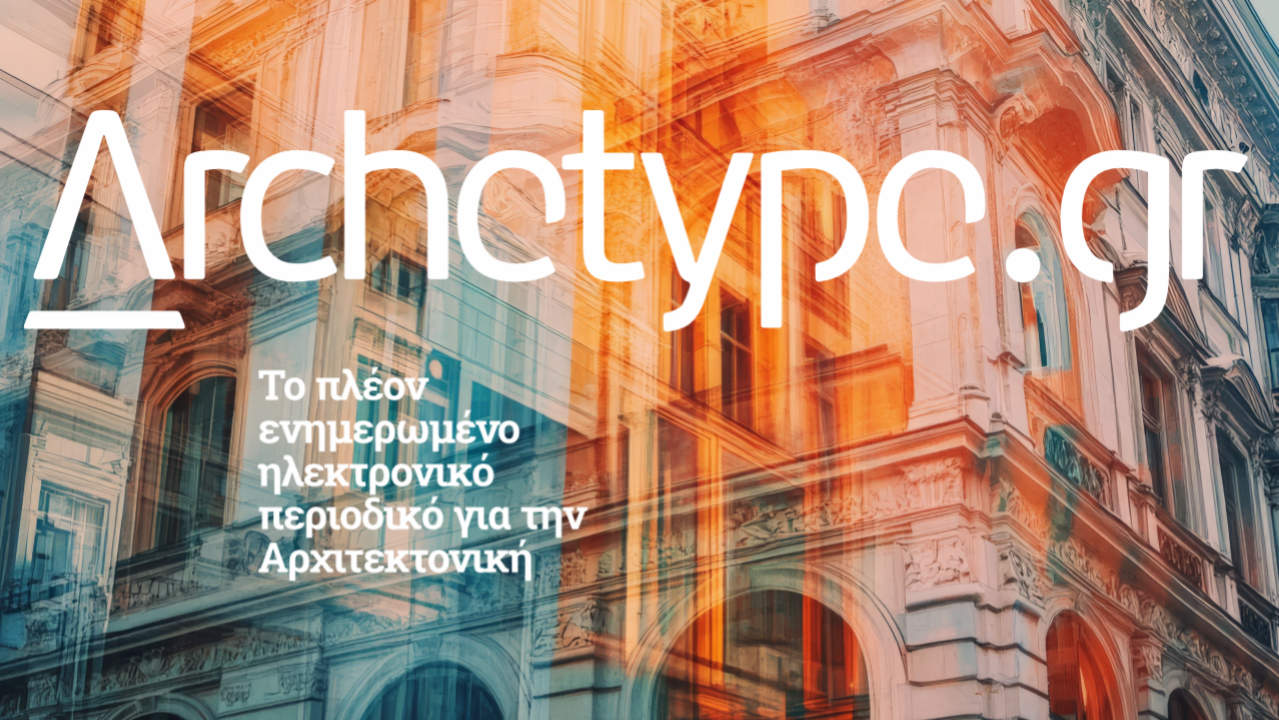
ΕΓΓΡΑΨΟΥ
για να λαμβάνεις τα νέα του Archetype στο email σου!
Thank you!
You have successfully joined our subscriber list.

Οι «Γυναικείες Φωνές και Αρχιτεκτονικές Συλλογικότητες» είναι μια σειρά συνεντεύξεων με νέες αρχιτεκτόνισσες, που διερευνούν τον επαναπροσδιορισμό τής σύγχρονης αρχιτεκτονικής ως μιας συλλογικής δράσης. Στο πλαίσιο των συζητήσεων αυτών, η αρχιτεκτονική συμπεριλαμβάνει πρακτικές που εξετάζουν εναλλακτικές, μη-ιεραρχικές δομές κατοίκησης και ζωής, χωρικά ζητήματα που αμφισβητούν τη συστημική πατριαρχία του χώρου της πόλης και του οικιακού, καθώς και τη σύνδεση του αρχιτεκτονικού πεδίου με τον χώρο του ακτιβισμού. Όλα αυτά τα ζητήματα προκύπτουν από τη μετάβαση σε πιο συνεργατικά μοντέλα παραγωγής της αρχιτεκτονικής, από τα οποία ξεκινάει η αμφισβήτηση των κυρίαρχων διαγραμμάτων εξουσίας που η αρχιτεκτονική αναπαράγει.
Στην τέταρτη συνέντευξη της σειράς μίλησα με την Cristina Gamboa, ιδρυτικό μέλος των Lacol, την ημέρα που ανακοινώθηκε ότι η ομάδα κέρδισε το βραβείο Emerging Architecture των 2022 EU Mies Awards για το κτίριο συνεταιριστικής κατοίκησης La Borda. Είχα την τύχη να επισκεφτώ το La Borda μαζί με την Cristina και τον Πλάτωνα Ησαΐα τον Νοέμβρη του 2018, όταν ξεκίνησαν να διδάσκουν μαζί, στην RCA ακόμη, και το κτίριο ήταν υπό κατασκευή. Ήταν μια συγκλονιστική εμπειρία, και ομολογώ ότι είμαι ιδιαίτερα χαρούμενη που είχα την ευκαιρία να μιλήσω και πάλι για ζητήματα που μας απασχολούν από κοινού στα πλαίσια αυτής της σειράς συνεντεύξεων.
Οι Lacol είναι μια αρχιτεκτονική κοοπερατίβα που ιδρύθηκε το 2009 στην περιοχή de Sants της Βαρκελώνης. Η ομάδα οραματίζεται και δημιουργεί χώρους κατοίκησης και συλλογικής ζωής, που αμφισβητούν τις συστημικές δομές που ορίζουν ο καπιταλισμός και η πατριαρχία. Αντίθετα, οι Lacol σχεδιάζουν βιώσιμα περιβάλλοντα κατοίκησης, ή «habitats», όπως τα αποκάλεσε και η Cristina, ως πολιτικά και κοινωνικά περιβάλλοντα, ως συστήματα υποδομών δηλαδή, που αναπαράγουν την ανεκτικότητα, την ισότητα και τη συμπερίληψη. Εκτός από την ανάλυση της έννοιας της αρχιτεκτονικής παραγωγής, η Cristina μου μίλησε για το συνεργατικό, συνεταιριστικό μοντέλο οργάνωσης που δομεί τους Lacol, τη σημασία του πειραματισμού με εναλλακτικά μοντέλα κατοίκησης σήμερα, καθώς και για τη διαφορά μεταξύ έρευνας και σχεδιασμού.
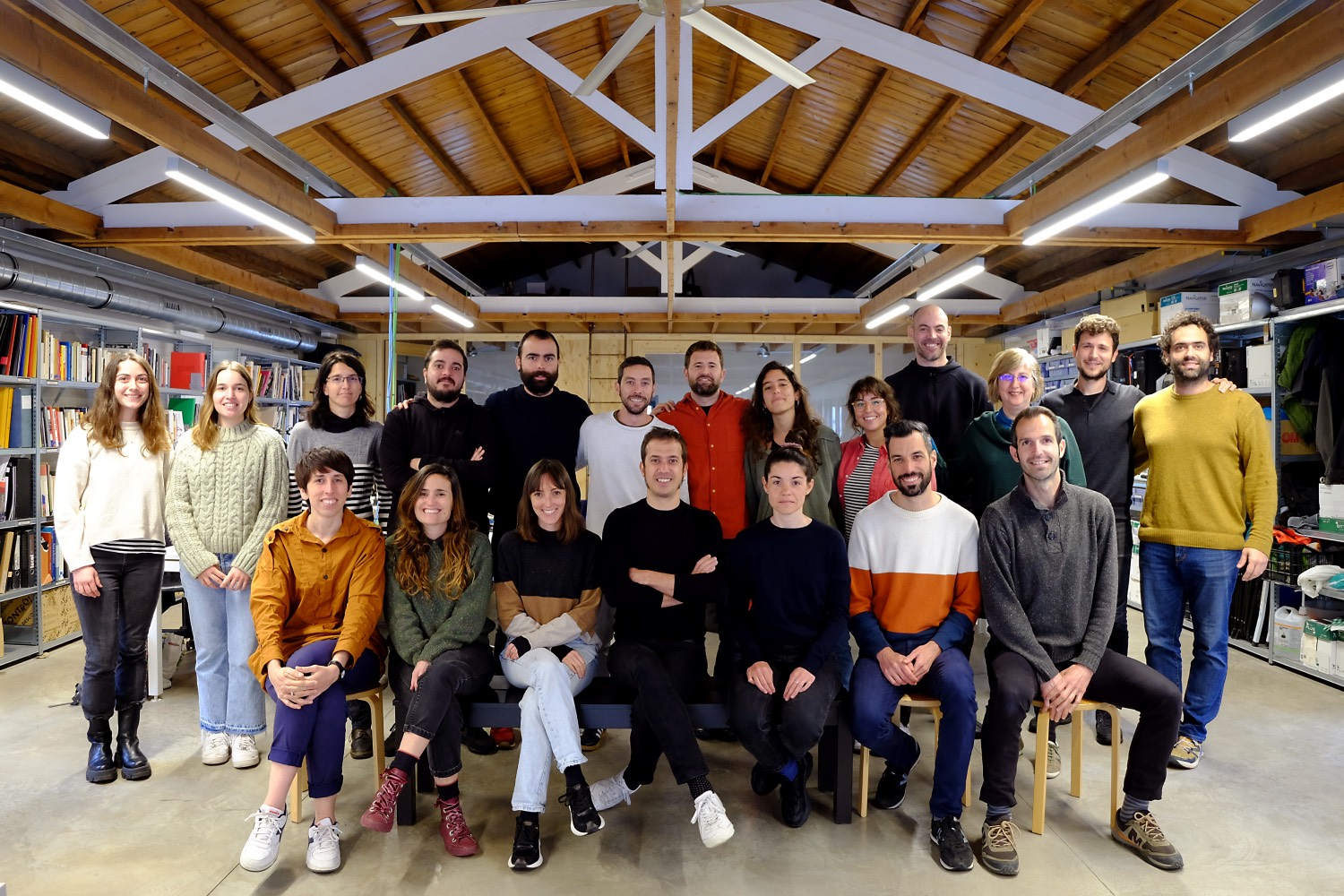
Lacol. Credit: Lacol.
AV. As always in this series of interviews, I like to begin from the way the practices I interview identify themselves. Is Lacol an architecture collective or a collective of architects? In the English translations from the original Catalan, I came across both.
CG. I think that ‘architecture collective’ is more accurate as in the second rendition the role of the architect is very dominant. In any case we are trying to shift from the term ‘collective’ to the term ‘cooperative’. A collective is inherent in a cooperative, but there are explicit and implicit values in the latter.
AV. So if we are to begin from these two terms, what do these mean for the organisation of Lacol and how do these frame your production? I'm mostly interested in the word ‘cooperative’ then and how this mode of collaboration brings together the members of your practice and, of course, influences your thinking and design.
CG. I will begin answering this question with a mention to Stavros Stavridis’ book Common Space: The City as Commons. There, Stavridis says that to produce something different, the thinking about the ways of producing this is equally important. Our case was something similar. What brought us together was a persistent search for an alternative to the discipline. Lacol emerged from a group of students that were renting a space together. This became a space where we could think about architecture as an overall discipline but also its pedagogy in academia. When we were finishing our studies, we found ourselves in the middle of the economic crisis. This was a moment when there were few options for us: you either had to leave the country or try to find another way of relating to each other to create something. So, the question for us was not what type of architecture we wanted to do, but how can we relate with society and understand the role of the architect in this context. We all agree that we need each other to evolve, no? For us, this was our response and a truly political statement. The idea of what can help and support the development of architecture in a decent way was essentially a critique of the dominant forms of producing architecture at the time. Architecture was a matter of exploring how we can work together and of understanding that it cannot be limited to the work of our cooperative – i.e. our work solely as architects – but a broader collaboration with a range of different disciplines, with the neighbours, with certain communities, etc. This is a more complex practice; it takes the focus off the object of architecture and puts forward the idea of architecture as a process.
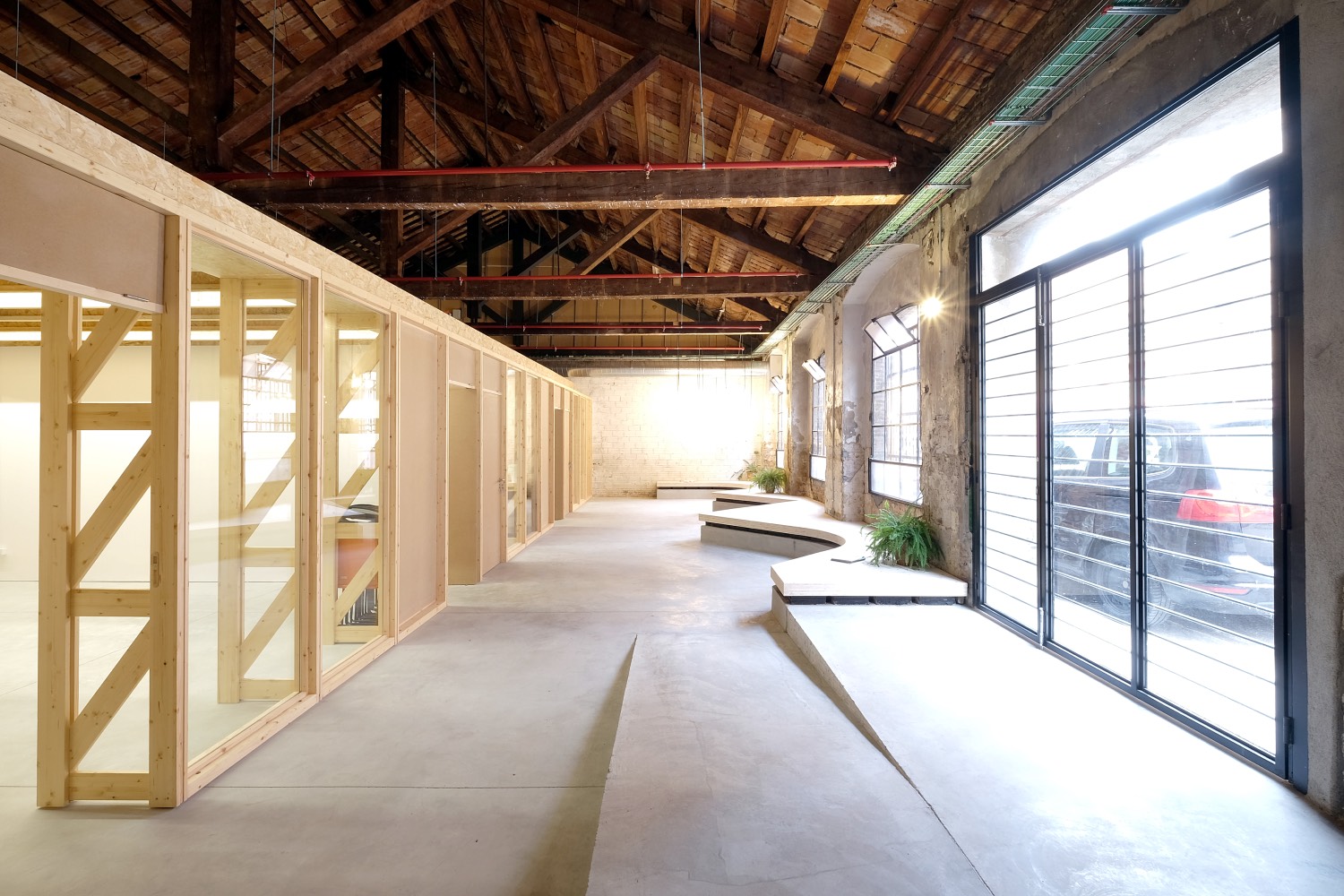
Coòpolis BCN. Σχεδιασμός χώρου κοινωνικής, συνεργατικής οικονομίας μέσω της επανάχρησης κτιριακών δομών στο αυτοδιαχειριζόμενο Can Batlló. Credit: Lacol.
AV. Indeed. And perhaps this is why Lacol is not a cooperative of architects, but an architecture cooperative. The issue at stake is not the collaboration between architects as figures but, as you just mentioned, it is about architecture as a cooperative process. Architecture is wider than the production of architects; it includes collaborations with other disciplines, agents, communities, individuals, etc.
CG. Yes. And this is equally true for us. We think that there is a certain level of complementarity between us in terms of both skills and interests. In an architecture collaborative there exists a range of approaches rather than a singular perspective. This makes us more powerful and confident. And this idea of confidence is an important one, to know that you have the support of others at any moment. So, this framework was a strong tool for us to set up Lacol at this difficult time in this difficult context. And I always support this approach: if you come together with others everything is easier, isn’t it?
AV. Yes, for sure.
CG. Now, regarding the ways that this mode of collaboration and cooperation brings together the members of our practice and influences our thinking and design, there is this urgent need of decoding the values that we have. We all had a certain type of formal education in the university, but, at the same time, we were exposed to other types of input from our neighbourhoods, discussions about cooperativism, etc. In our minds, this very strict triangular hierarchy of values is now dominant. In this always the ego of the architect comes on top. To overcome this scheme, we went through a process of understanding how important every task, every skill, every moment in the architecture process is. The way we work values the latter; we work based on different teams that always change to transfer knowledge horizontally, while during the development of a project, we have what we call ‘workshops’, which are moments when everybody contributes to the project, moments of sharing and recognising that the project is not lead by one or two or a small group of people but is a product of a cross-section of the office. Similarly, when we need to collaborate with someone specialised in certain topics, they are involved from the beginning, so their input is constant and consistent throughout.
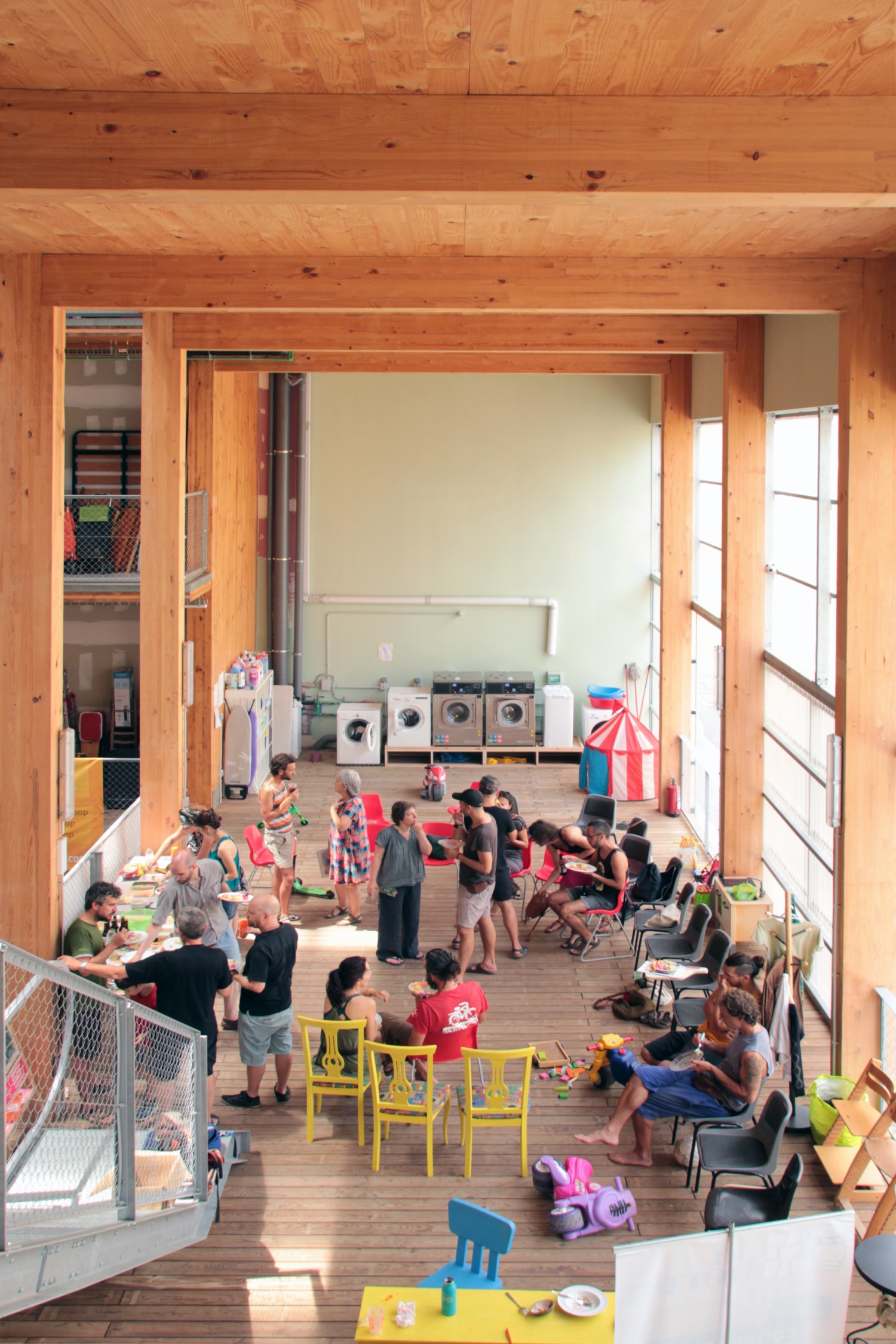
Συνεταιριστική Κατοίκηση La Borda. Συλλογικές Υποδομές. Credit: Lacol.
AV. I guess then that the issue of scale is also important in cooperative schemes such as Lacol.
CG. Yes. This is interesting as this is also a process that is not static. While you are growing as an office, it is important to adapt how you work, take decisions and organise. In the beginning, we were always involved in everything. But now, we have cultivated trust, the idea of self-management and co-responsibility or even other ways to achieve horizontality in a larger setting. When you are growing in scale you must be conscious not to fall back into more hierarchical structures. Instead, now we divide the tasks in ways that can achieve autonomy and give responsibility to the members, and this means that groups work in parallel. Our process of working has changed a lot and that is something interesting, I think.
AV. This point is a nice bridge leading to my second question about the overall structural conditions of the discipline. How can this cooperative framework interrogate existing, more canonical ideas about labour in general and the production of architecture more specifically? It is not only the object of architecture that a cooperative group as Lacol explores but is also how you can rethink the way architects work.
CG. Yes. As I was saying, Lacol came as a response to a specific context. In this certain moment over a decade ago or so, this mode of producing and practicing architecture became obsolete as it was linked to certain neoliberal policies that established alliances between architecture and specific sectors and that reproduced strict hierarchies of labour. Again, for us, one of the most important things since the beginning has been to understand the limits of our practice because there is always a very fine line between what constitutes exploitation and what not. In general, there has been an obsession with a limitless effort for a project linked to an infinite production of models, drawings, images, etc. But when you are trying to establish decent conditions of labour this method affects the economy of the studio and its resources. I think that we are realistic about what are these limits for us. We cannot afford certain amount of work, which is invisible and often is produced by exploiting people, students, and ourselves. For us, this is a moral value and a limit. Probably the architecture we produce does not have extreme details but is a direct visualisation of our core values. When I show these photos full of drawings, models etc. in my teaching I always add that this is impossible for us. Lacol is a studio that aims to provide stable and decent work for us. The challenges that we face are to take care of our health, protect our family conditions, diversity, etc. And this comes before certain other aspects. So, the way you transition from theory to practice is an incredibly difficult thing. For example, on the topic of gender balance, we are not a majority of women in Lacol but we are all extremely conscious about the inherent hierarchies. Sometimes these are invisible, and, in the studio, we make a constant effort to promote women's voices and have equality in terms of representation. For me personally, the most difficult place is construction. The space of academia and even that of the studio are certain areas of the profession that women are more visible. But when we arrive to the construction, this is really a battlefield and, I think, there is a lot of work to be done there. This awareness and this consciousness are something that we develop through time.
AV. Along the same lines, Lacol have a very particular perception of the role of architectural production and its relation to forms of cooperativism. Could you please expand on this very fundamental principle of your work?
CG. Well, we understand architecture in a broad way placing our interest in the construction of a habitat, namely of a political and social environment. Architecture is an expression of values and a representation of power, so we are trying to turn these towards another direction. I've already mentioned that the values of cooperativism are the values of mutual health, responsibility, democracy, equity, and solidarity. And I am using here a quote from Micaela Chalmeta, a pioneer of cooperative feminism, who mentioned that cooperativism is basically drying up the sources of capitalism. Cooperativism has people in its centre. Along these lines, our approach to architecture revolves around the people who are going to inhabit these spaces.
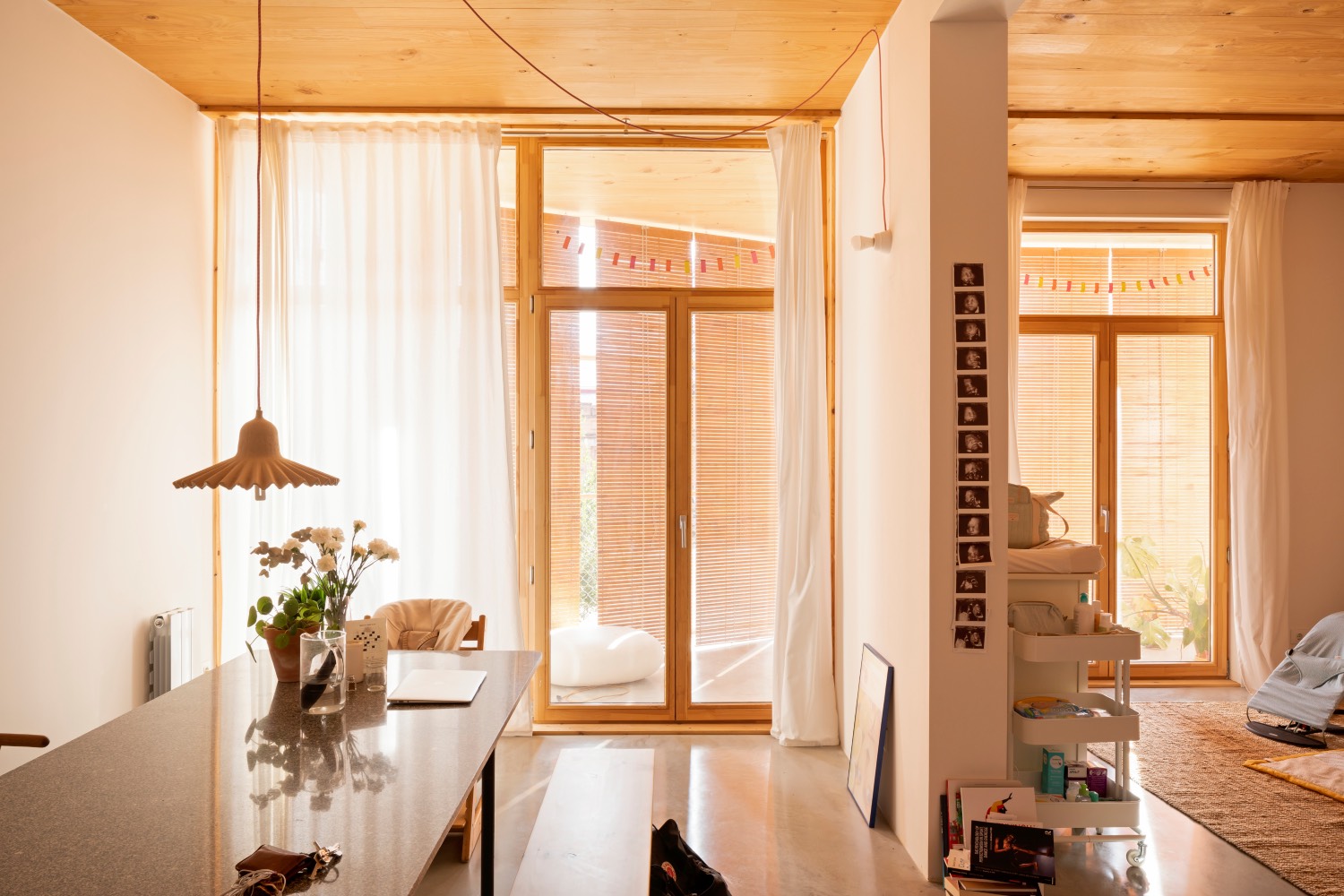
Συνεταιριστική Κατοίκηση La Borda. O χώρος του οικιακού. Credit: Lacol.
AV. This particular relation to issues of cooperativism comes across evidently in your work, especially in the series of projects that relate to the domestic space, whether these are individual houses, projects for intergenerational or other types of collectives. Why has this space acquired such an importance in your work? And what about the other scales of architecture, are these able to integrate the principles that we have been discussing?
CG. Well, when we started working together, we were involved both individually and collectively with fights for the rights of housing, because this constituted a fundamental need. Access to decent housing and access to decent work are things that define our work. In relation to housing, Spain is a particular example compared to other countries. Since Franco’s regime, private ownership has been linked to a particular family pattern to construct the ideal conservative society and was also linked to the construction sector that became a central model of economy. Thus, today housing is understood as an asset. We are politically against this understanding along with its implementation policies and devices imposed by capitalism; here lies the importance of housing. At the same time, we begin expanding the instrumentality of architecture. Domesticity has been vital around issues of feminism; for example, the role of women in reproduction is directly linked to the domestic realm. So, suddenly, housing became the space where all our values came together and recently, through working, we realised that this space is also associated to sustainability. This is why we talk about ‘infrastructures of sustainable living’, because this is an opportunity to redefine the ways we think about gender, but also our lives on this planet. Housing is a huge part of our cities. If we establish new ways of living, of consuming, alternative energy models, this will have a huge impact. So, in our housing projects we begin with a model of tenancy ownership that goes against the market and produces more equal spaces in terms of gender roles, family responsibility, etc. These are our main motives linked to housing. Eventually, I think that this idea of moving through different scales, from policies, to management, to architecture, etc. helps us realise the role of people in these processes and the potential of their active role in the protocols of urban transformation and thus the development of cities themselves. We have realised that without control we cannot have a truly sustainable living, understood here in the broadest sense as a social, economic, environmental sustainability. I think that cooperative housing has been a way for us to test all these parameters – along with other ideas as well about energy communities, developing public infrastructure, etc.
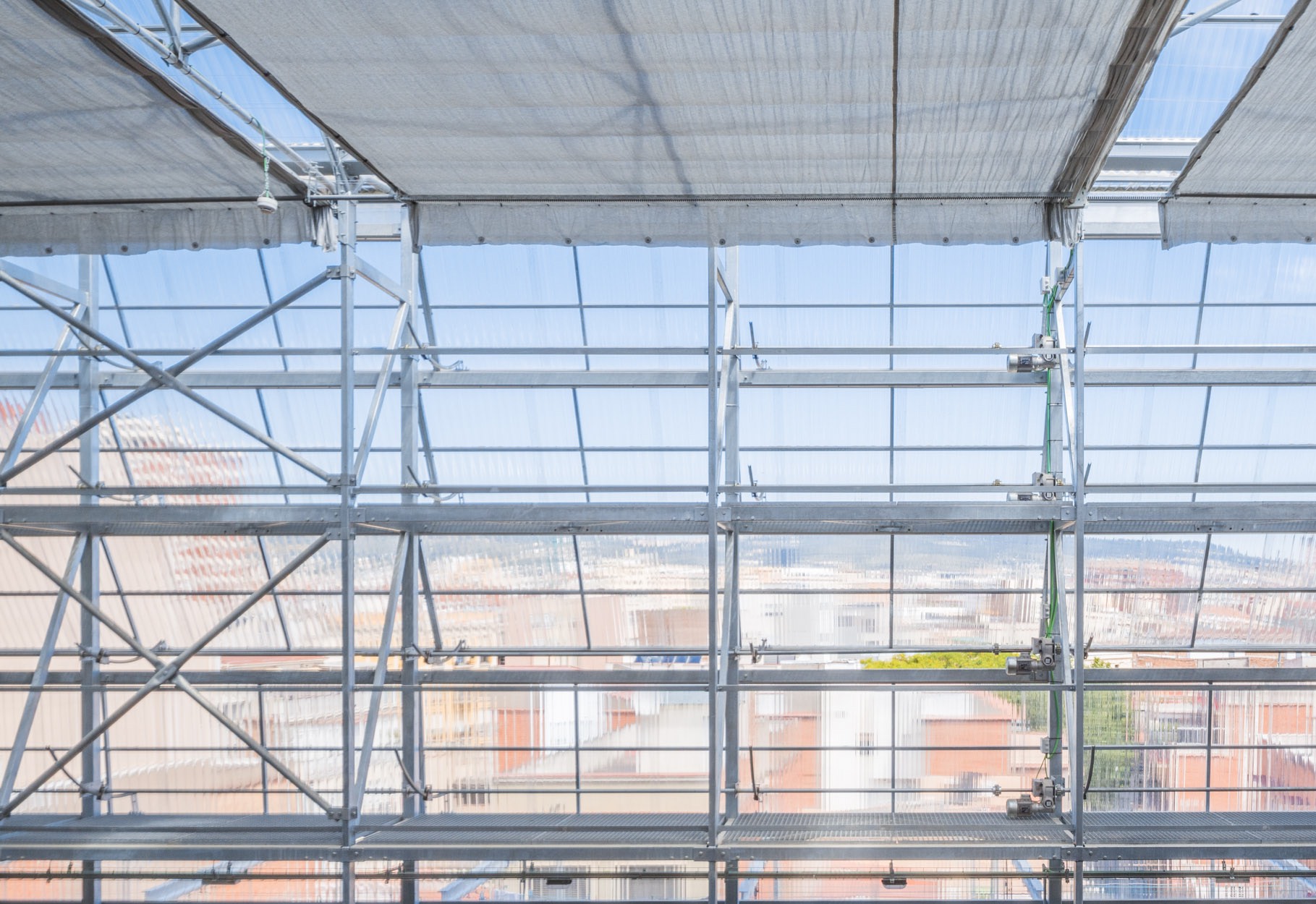
Συνεταιριστική Κατοίκηση La Borda. Υλικότητες. Credit: Lluc Miralles.
AV.Yes, and I think these dimensions that we have been discussing in relation to the domestic sphere are also related to materiality. This aspect is a characteristic one in your projects as well. And by materiality, here, I refer to this quality of your work that represents the way you perceive architecture, labour, cooperativism, sustainability, etc.
CG. I personally think that the detail stems from a discussion about economy and sustainability. For example, in the case of La Borda, we were analysing ways of building in concrete, in wood (CLT), and even in steel. This was how it was possible for us to build and was, at the same time, a representation of certain of our values. La Borda wanted to demonstrate another way of promoting popular and social housing. They wanted to make the responsibility of the inhabitant visible. It was the first time that a wood CLT project was built or – to be more precise – the tallest then in Spain, and that was a massive risk. However, this decision came after a collective discussion with the environmental consultancy, which made us more aware of the different parameters. At the beginning, the choice of CLT was about a demand in terms of energy, but we understood that the construction is the fittest in terms of environmental impact as well. Along these lines, our question is always how we can build in the most sustainable way with a low budget. That is why, I think, the detail is economic and sustainable because it tries to optimise the resources. In optimising the detail, you understand how something is built. In La Borda, but in our overall work as well, we are interested in constantly challenging certain aesthetic standards and existing regulations – both are top-down. We are always trying to find this gap, this grey zone where we can adjust the regulations and, at the same time, make people aware and make people critical about it. So, I would say that the collective discussions we held with all collaborators, contractors, and inhabitants as well is what made this project possible.
AV. And finally, a question about the relationship between research and design. We have already been discussing some aspects of it and that, during the development of a process, there are many ways in which the two overlap. However, I was wondering that besides your materialised, completed projects, part of your work is based on research for exhibition displays, such as for the Exhibition at Carcer Tullianum, that is seemingly not related to a stricter understanding of architectural production. How does these projects happen for Lacol?
CG. I would say that, on the one hand, all members of Lacol recognise that we have different interests, and we are diverse; the world that interests us is as diverse. Some of my colleagues were working even before Lacol in this type of ephemeral architecture, and that is why when we receive certain proposals there exists a real interest. These types of projects help us understand issues of communication, investigate the smaller scale, the detail of a piece. So, these are opportunities of testing certain ways of working and ways of thinking through other expressions of our practice. At the same time, I would like to return to the first part of the question about the relationship between research and practice. In certain offices there is an important link between formal research and practice, with architects being active in academia and linking their practical work to their research, even PhD agendas in an almost parallel brunch to the practice. For Lacol, research is based on practice. We understand research as something that is inherent in architectural production – of course, with its limits. Only a few of us are involved in academia. We are critical of the direct impact that academia and certain ways of researching have on society. This often becomes a critique towards us in the sense that we should probably dedicate more effort to reflect on our practice, evaluate the work in order to improve it. However, to achieve the latter we are always open to conversations with researchers to receive feedback that can retrofit the work. This critical attitude was present when we participated in the last Venice Biennale. This event was contradictory for us. The Biennale is a quite open event, but still we felt that we were producing materials for architects and not beyond this audience. We are always seeking social interaction, inclusiveness and how the broader audience can access architecture. So, in certain moments, we refrain from these spaces that are basically stages for sharing ideas between architects. Particularly in Venice, but in other exhibitions as well, the amount of work that is produced is not economically viable; a studio must invest to participate in certain places. Instead, we prefer investing in other things, and we do this by researching on the side of certain communities for certain projects.
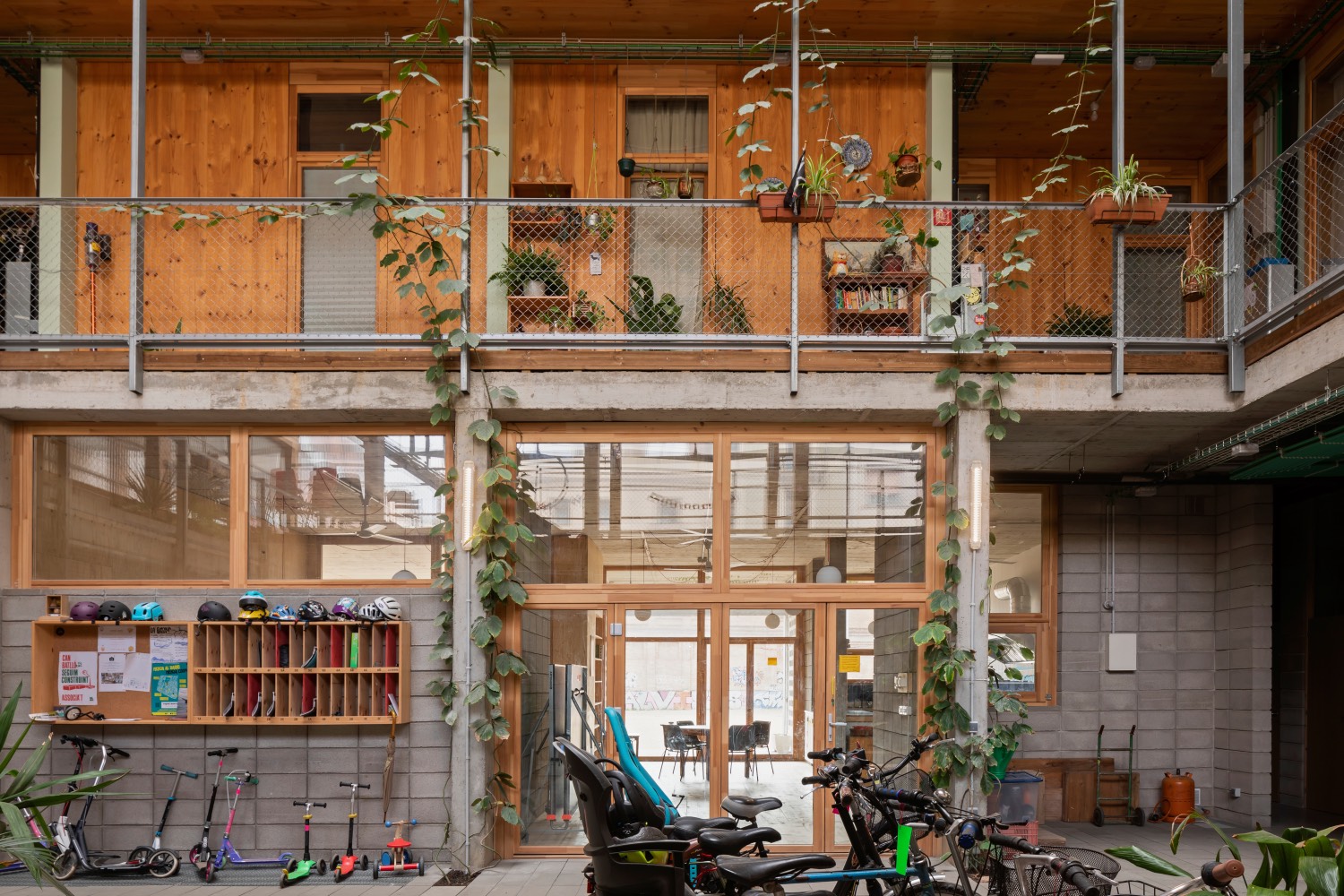
Συνεταιριστική Κατοίκηση La Borda. Η Οικειοποίηση του Συλλογικού. Credit: Álvaro Valdecantos.
AV. This is entirely true. These events presuppose a social exclusion, and this is largely true for architecture in general. For an architectural office that gains their living from practice there is not much opportunity for research in the more formal way of the word.
CG. Totally. I think that the issue is how we can establish more direct channels between research and practice. All the research that is done in academia really has an impact on society and allows to support certain initiatives. It is amazing to see how many discussions about cooperativism and other types of working collectively, about other ways of managing resources are happening there. There is a huge know-how and knowledge that unfortunately, however, never inform design. I'm always surprised with that. This is also my motivation behind my involvement with academia, for example at the AA, because this is a space that, for me, has a huge impact in terms of thinking about the challenges that we are facing today. But it is difficult to turn this into a reality. At the same time, of course, it is also a matter, at least here in Barcelona, to become more inclusive and open up the space for other voices to be heard in the university. Well... but this is an entirely other matter, probably!
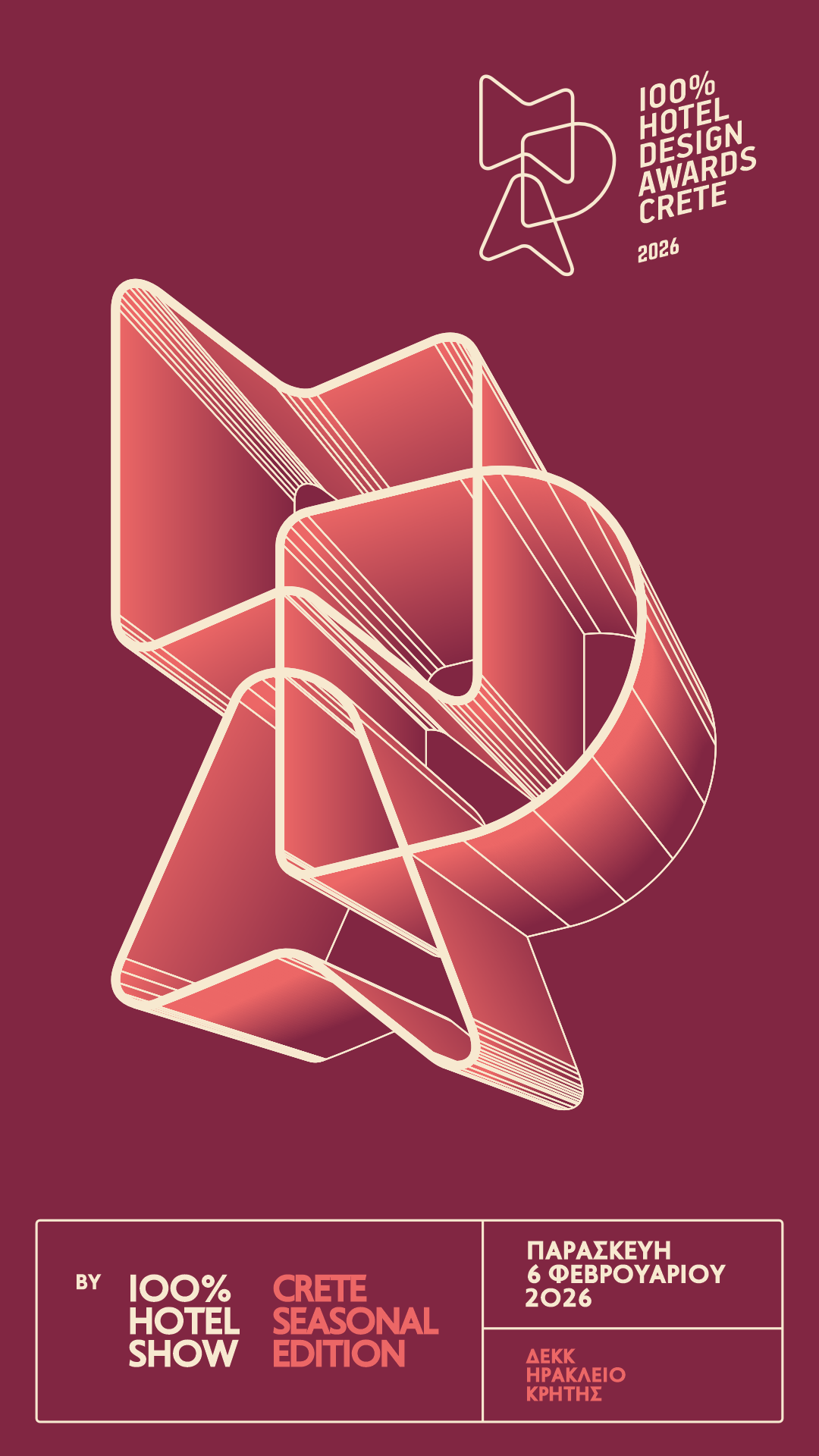
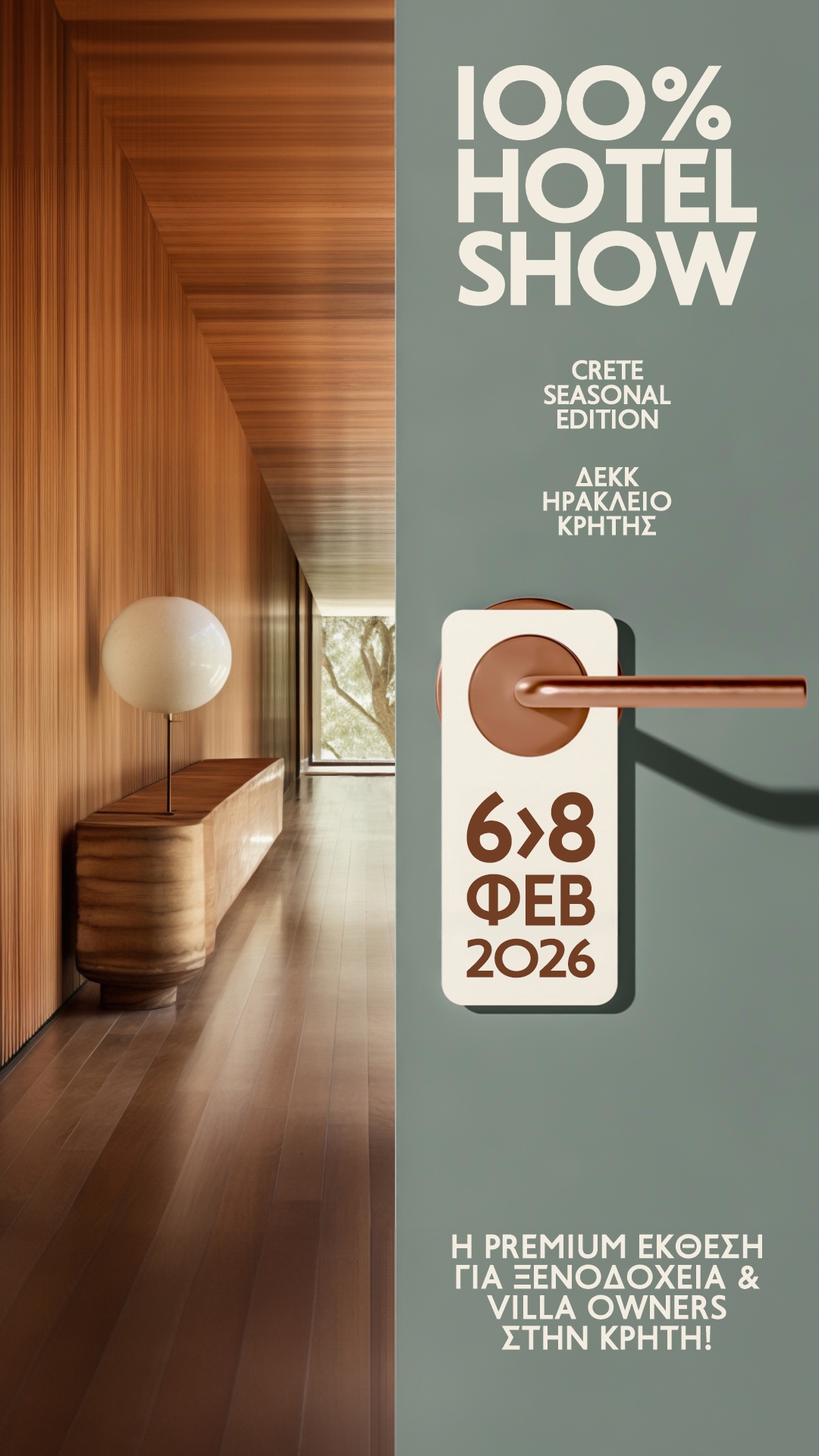
Archetype team - 29/12/2025
Κρασοπούλου Σοφία, Πασχάλη Ευαγγελία - 22/12/2025
Archetype team - 16/12/2025
 ΟΛΑ ΤΑ ΤΕΥΧΗ
SUBSCRIBE
ΟΛΑ ΤΑ ΤΕΥΧΗ
SUBSCRIBE
Μπορείς να καταχωρήσεις το έργο σου με έναν από τους τρεις παρακάτω τρόπους: